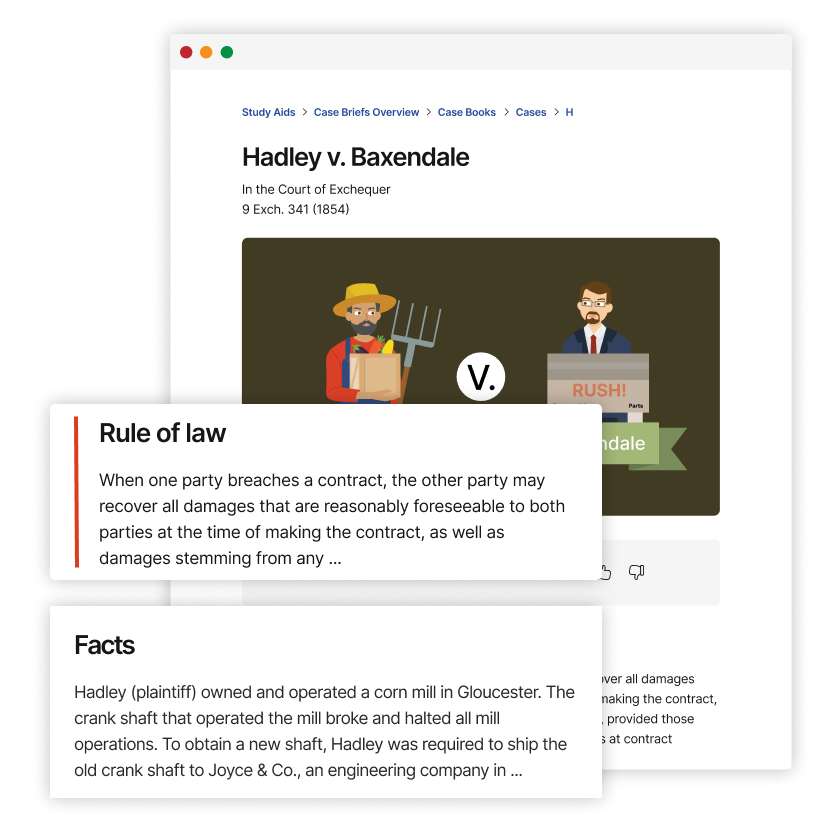Hall v. E.I. du Pont de Nemours & Co.
United States District Court for the Eastern District of New York
345 F. Supp. 353 (1972)
- Written by Serena Lipski, JD
Facts
Thirteen children (the children) (plaintiffs) sued E. I. du Pont de Nemours & Co., a manufacturer of blasting caps, and the five other blasting-cap manufacturers, and their trade association, Institute of Makers of Explosives (I.M.E.) (collectively, the manufacturers) (defendants). The children alleged that they were all injured by blasting caps in unrelated incidents. The children claimed that the blasting caps were too easily detonated by children and the blasting caps did not come with a warning label. The children claimed that the manufacturers knew the risk of danger to children and even had actual knowledge, from statistics collected by the I.M.E. safety program, about the many children who had been injured. Based on these statistics, the manufacturers, through I.M.E., had considered whether to put warning labels on the blasting caps and decided not to, instead lobbying against legislation requiring warning labels. The children could not establish the individual manufacturer of each blasting cap because after detonation the blasting cap was destroyed, so they filed their action against all six manufacturers and I.M.E. The manufacturers moved to dismiss the children’s complaint.
Rule of Law
Issue
Holding and Reasoning (Weinstein, J.)
What to do next…
Here's why 899,000 law students have relied on our case briefs:
- Written by law professors and practitioners, not other law students. 47,000 briefs, keyed to 994 casebooks. Top-notch customer support.
- The right amount of information, includes the facts, issues, rule of law, holding and reasoning, and any concurrences and dissents.
- Access in your classes, works on your mobile and tablet. Massive library of related video lessons and high quality multiple-choice questions.
- Easy to use, uniform format for every case brief. Written in plain English, not in legalese. Our briefs summarize and simplify; they don’t just repeat the court’s language.







